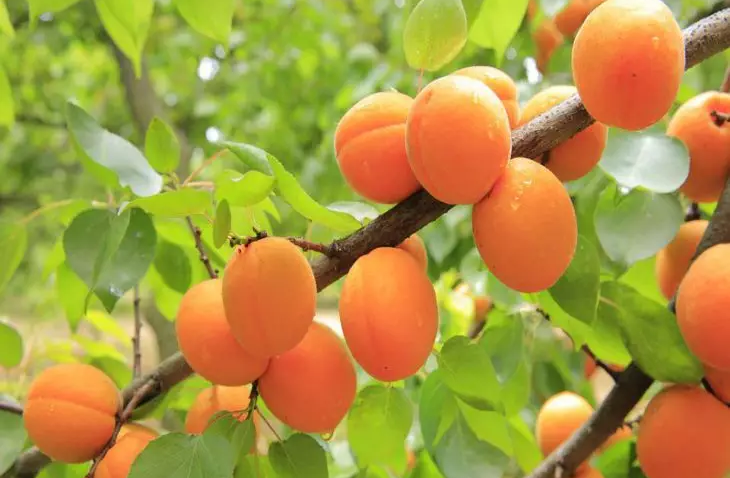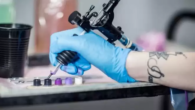
5 problems that prevent apricots from blooming
0
The absence of apricot blossom is a bad sign that shows that there is no point in waiting for a good harvest. You can mention 5 reasons why an apricot does not bloom.
Improper care
It can be divided into 2 types:
- Excess fertilizers.
- Improper pruning.
Many summer residents may think that apricots need to be fertilized regularly, adding useful trace elements to the soil. But apricots do not need regular feeding. It is necessary to apply organic fertilizers in spring, and mineral fertilizers in autumn.
Similar story with pruning. Excessive pruning leads to the fact that the growth of the tree begins to slow down. Apricots should always be cut carefully, taking into account the key recommendations.
Insect pests
Apricot is susceptible to various pests. Most often, a fruit tree is attacked by caterpillars, which are able to imperceptibly destroy part of the leaves and flower buds. The tree is also attacked by:
- Hawthorn butterfly.
- Long-nosed moth.
- Fruit moth and others.
In spring it is necessary to carry out preventive treatment. If pests have already appeared, effective chemical preparations should be used, among the most popular we can highlight:
- lepidocide;
- prophylactin;
- bitoxybacillin and others.
If insect pests began to attack the apricot, folk methods should be forgotten, as they are ineffective. It is important to use means that will really help in the fight. Apricot can be classified as a sensitive fruit tree, so any stretching is unacceptable.
Clasterosporiosis
Klasterosporiosis is a dangerous fungal disease. As a rule, it manifests itself in early spring, when the first shoots and ovaries just appear. Orange-red spots appear on infected areas. As practice shows, this disease can spread to other trees in the area.
If nothing is done, the tree will simply die. Methods of struggle can be called sanitary. It is necessary to remove and burn all damaged parts of the tree. It is also worth remembering about preventive treatments, which are also key.
Some gardeners plant apricot varieties that are resistant to this disease. Among the most popular varieties, we can highlight:
- “Hungarian best”.
- “Pineapple”.
- “Red-cheeked”.
- “Louise”.
Monilosis
Monilosis is quite easy to define: massive falling and withering of flowers and leaves begins. In some situations, the leaves get a “burn” effect. Monilosis is dangerous for apricot and other garden trees. Seeing its consequences, many summer residents immediately start the fight.
It is recommended to immediately use appropriate drugs:
- abiga-peak;
- indigo;
- chorus;
- phytolavin.
You also need to get rid of all affected parts of the tree in time. For example, if the infection started on a branch, it should be cut.
Comediothechy
The disease is characterized by the release of a sticky, dark, viscous liquid. Most often, this happens due to improper circumcision. There are other reasons:
- Sunburns.
- Fungal lesions.
- Frostbite of wood.
Sick areas should be cut and the tree cleaned. Next, it is necessary to disinfect with a 1% solution of copper sulfate.









Leave a Reply